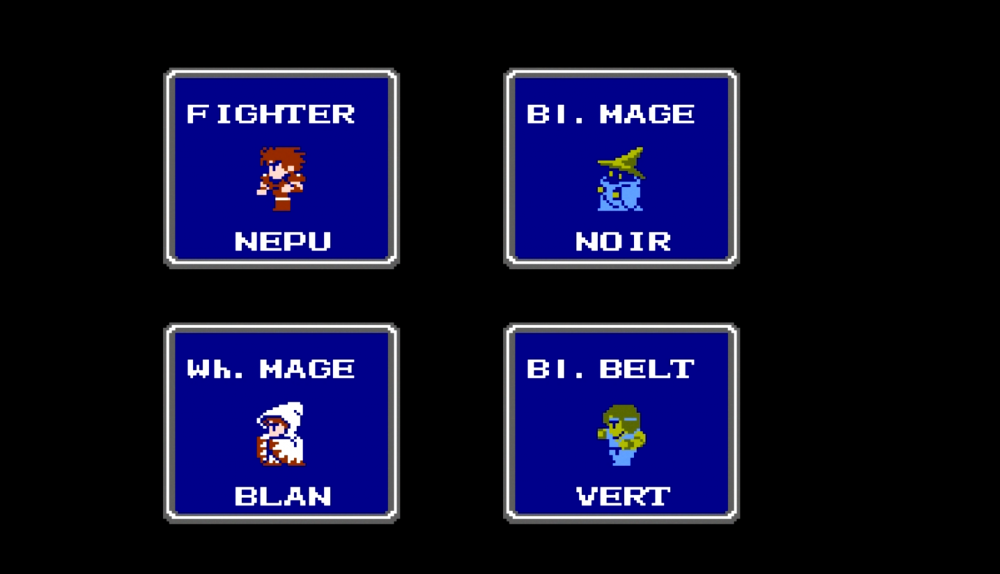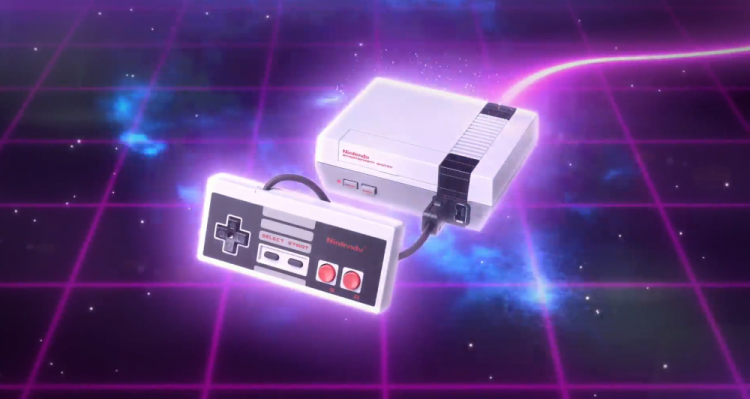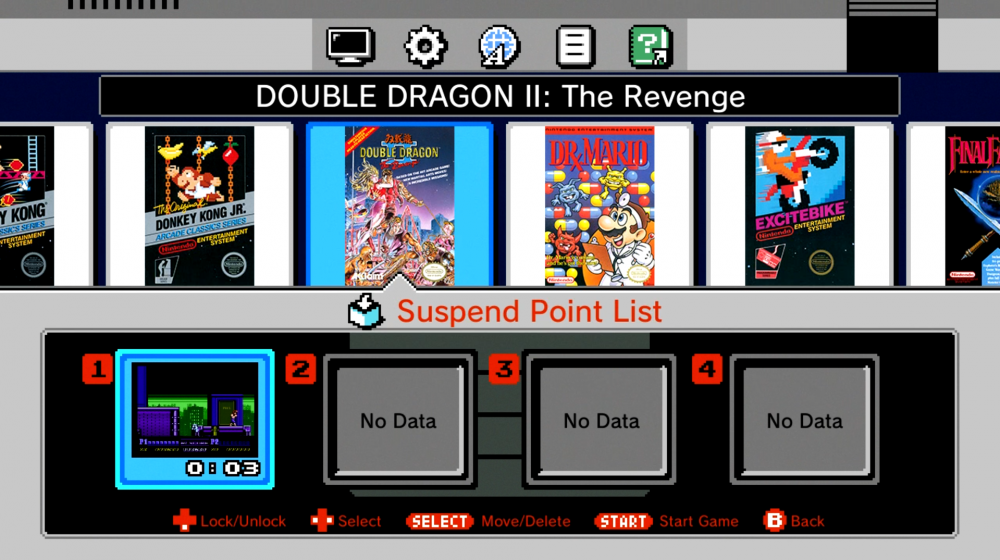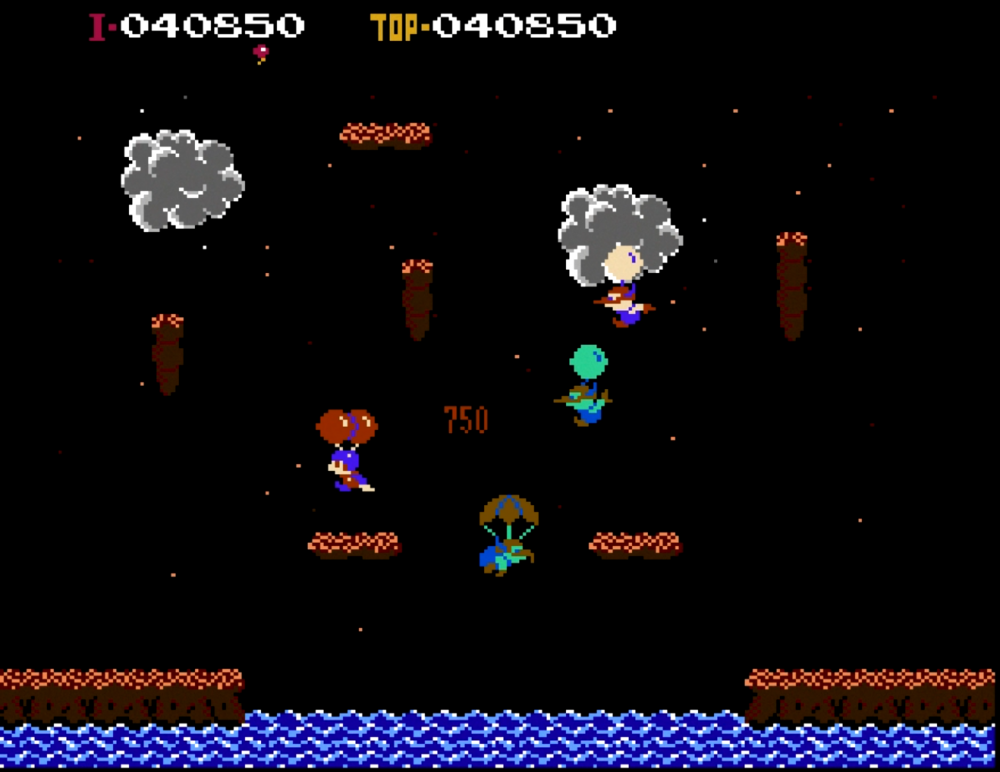At this point, there can be no question about the NES Classic edition’s popularity, but in all honesty, it’s kind of amazing to think about. Here we have a sub $100-dollar plug ‘n play console the size of a sandwich containing 30 games with no mention of future expansion. Before the NES classic, anything fitting that description would have been seen as a joke to the core gaming demographic. Yet here we are, in an age where this tiny box full of 8-bit games is selling faster than the PS4 Pro ever could have hoped.
On the surface, it’s easy to tell what the big draw to the NES Classic is: 30 classic games for $60 (all of which are listed on the console’s site). True, anyone can slap a bunch of 8-bit games in a plug ‘n play and just call it a day, but what matters here is the sheer quality of the games. These aren’t bootlegs or arcade games so worn out that they’re practically public domain (mostly), rather, the NES Classic’s library is full of classic titles that both hold a place in gaming history and can’t be found anywhere else at such a reasonable price point.

With that said, the library isn’t the extent of the console’s charm. To begin, the NES Classic itself is tiny: about the size of a hearty sandwich. Even the controller (which is removable and even compatible with Wii remotes by the way) has a tiny cord (about two feet). Now, I know what you’re thinking: “But Adriel, such a tiny cord sounds like a real pain; I’d have to be hunched over my console and like two feet away from my TV!” Yes! Yes, you will and believe it or not, this is likely intended.
Perhaps I’m looking at this too deeply, but I honestly think Nintendo wants us hunched over right in front of our TVs, towering over this tiny, fragile box. It’s a powerful image, someone taking up the pose they took 30 years ago to play the same games that they did back then. The console’s now meager size serves as a reminder of how far that person has come while still remaining capable of sitting down and having a good time just as they did all those years ago. So is the library itself great? Yes; however, it’s what this console means to players the world over that gives it real meaning.
Sentimental value aside, there are several finer points to the system that make it stand out as a fine piece of hardware in its own right, so let’s dig in.
First off, the NES Classic has three different viewing modes: 4:3 (default, slightly stretched), CRT filter (mimics an old TV’s scanlines), and Pixel Perfect (perfectly square pixels for a sharper image). These view modes allow for the player to experience the game in whatever way they please, be it to fill their TV, remember the old days, or get the classic intended experience respectively.

Second, the NES Classic supports save states. Forget those passcodes and don’t worry about finding a church to save in, now you can just press reset and save the point you were just at in one of the provided save slots. To be exact, there are four slots available for each of the 30 games, meaning that different family members can have different save files, or that one save file could be for eternally reliving the final boss battle with the others meant for subsequent playthroughs. The sky’s the limit when each game has its own dedicated save space.
Lastly, there are a handful of ways that the games can be organized, such as alphabetically, by date released, alphabetically by publisher name, by times played, and more. As far as system features go, this is fairly low level; however, the fact that the player has a level of control over how this veritable museum of gaming history is curated makes for an even more charming experience.
Of course, that’s not to say the NES Classic is perfect. For starters, the console is really light, like less than a pound. That mixed with the tiny controller cord almost made me yank the system right off the table when I got excited. On the topic of controllers, it really is annoying how that situation was handled by Nintendo; additional controllers only cost an extra $10 each, yet only one spare controller was reportedly sent to retailers for every six or so NES Classic consoles. Furthermore, eight of the console’s games support two-player gaming, with eight more supporting two players taking turns; that means over half of the games built into the console support two players, and as of now only one in six NES Classic owners can partake in that experience. Surely they could have sent out more, perhaps one spare for every other console. Even better, why not just bundle the pair in the box? After all, between the controllers costing a mere $10 each and the sheer popularity of the console, a small bump in price to accommodate a second controller almost certainly wouldn’t have hurt sales.
If there were one more point of contention I had, it would be a handful of games in the library. Specifically speaking, the presence of Galaga, Gradius, and Pac-Man. Yes, these games all have a place in gaming history, but they really don’t belong here. For the most part, this console is a portal to treasures thought inaccessible through authentic-feeling means. With that said, playing these games that can be found in any two-bit arcade feels a lot less special than finally being able to play The Legend of Zelda on a bonafide NES controller made by Nintendo. Perhaps it couldn’t be helped, but I can’t shake the feeling that the inclusion of these overused games pushed other games out of the running. After all, this console offered me my first chance to play Balloon Fight, having previously only heard about it through Super Smash Bros. In that same vein, I feel that games such as Clu Clu Land, River City Ransom (which is receiving a spiritual successor soon), and Blaster Master could have made better use of those slots.
All in all, the NES Classic has so many overwhelming positives that it’s hard to be down on it for a couple questionable game choices. At the end of the day, it doesn’t give that plug ‘n play “cheap console, cheap thrills” vibe. Rather, for a reasonable $60 this console offers a trip down memory lane in both experience and authenticity.
NES Classic Edition
When all is said and done, the NES Classic edition is the ultimate plug ‘n play console: it offers classic games that are otherwise only available digitally through current Nintendo consoles at a price that cannot be beat.
Happy hunting!
-
Blast from the past




